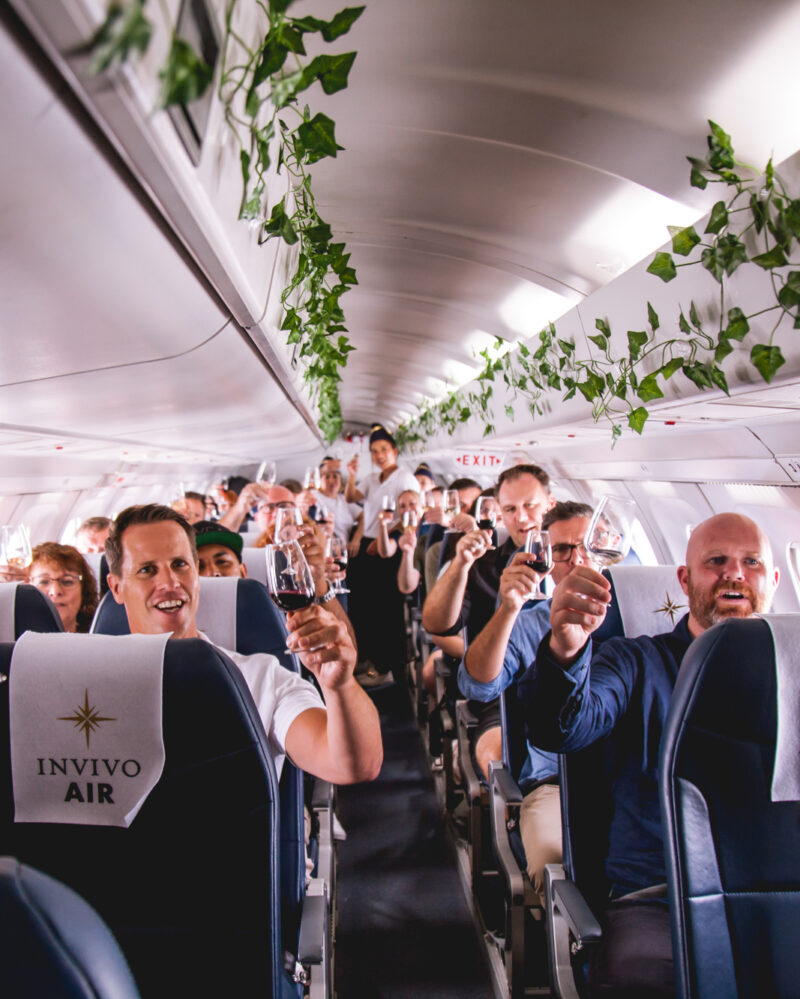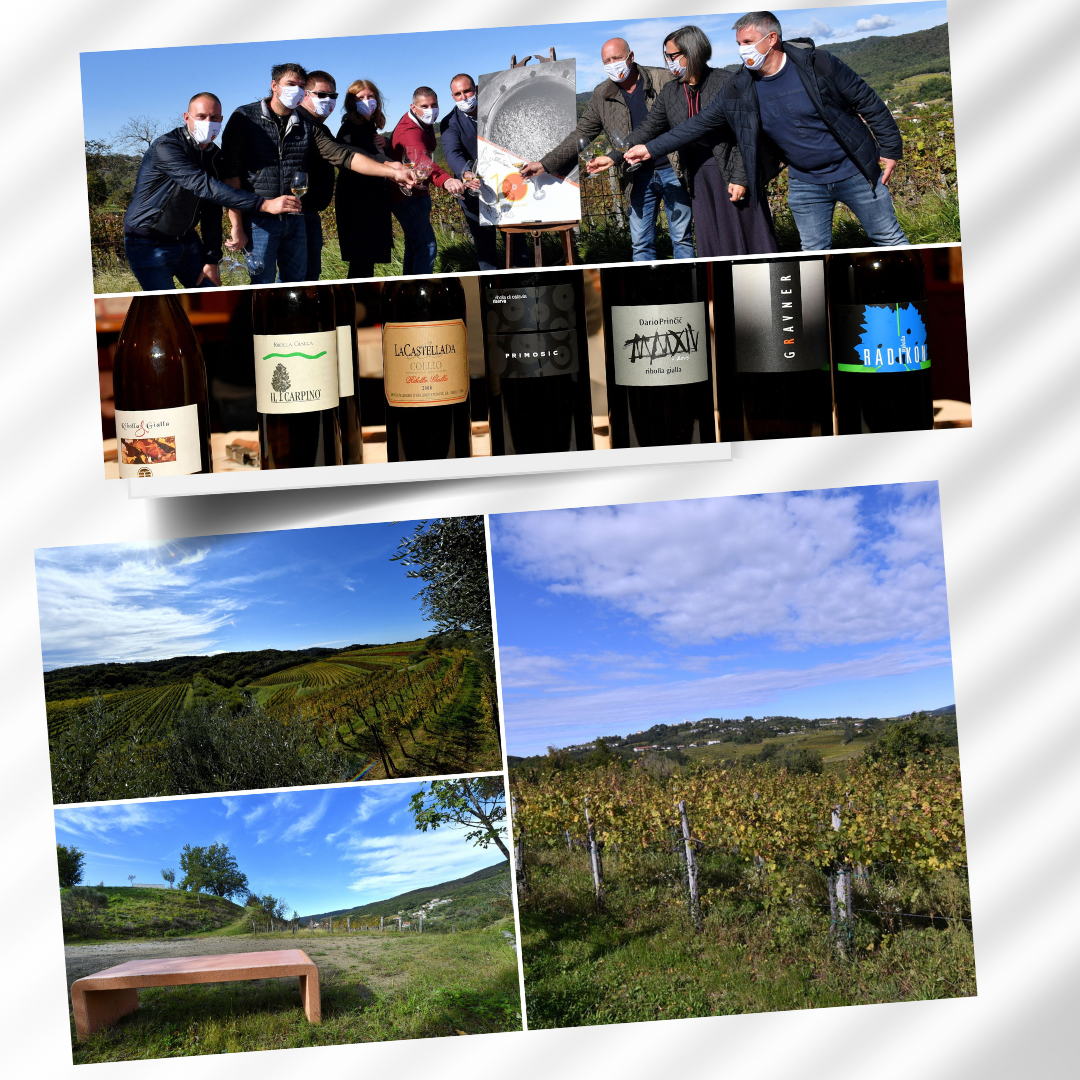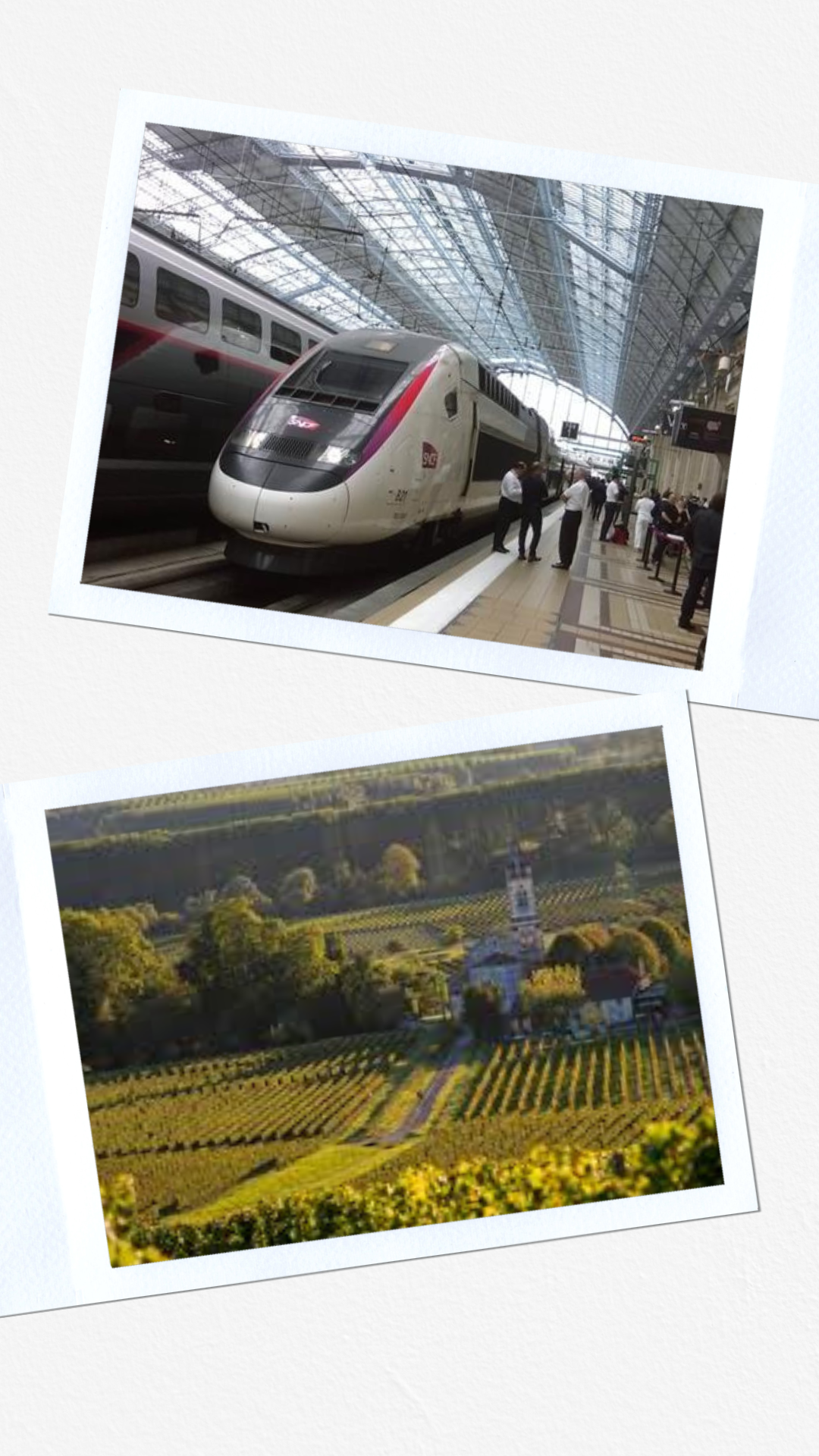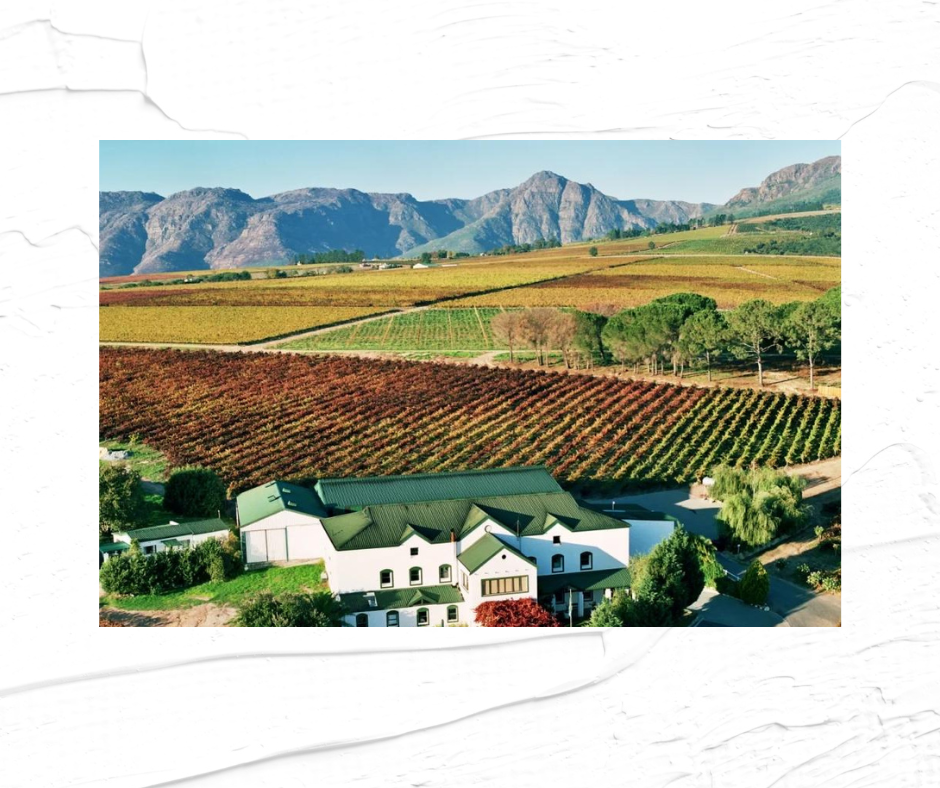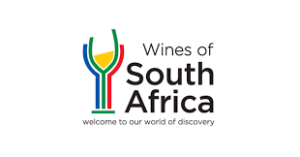New Zealand wine producer Invivo took to the skies on January 31st for its first official flight. Traveling from Auckland to Queenstown, 30 guests enjoyed a unique wine tasting at 18,000 ft, a vineyard tour, winemakers’ dinner and an overnight stay at the five-star Hilton Queenstown Resort & Spa.
Over 16 Invivo wines were sampled during the flight, including expressions from Graham Norton and Sarah Jessica Parker’s collections, and wines from the producer’s flagship Invivo range. Wines were also served alongside local Kiwi cuisine such as fresh oysters, West Coast whitebait, Lumina lamb and Stewart Island salmon.
Named ‘Cloud Wine’, the aircraft’s interiors reflect a vineyard aesthetic, with hanging vines, and guests received an inflight magazine.
Upon arrival in Queenstown, flight guests were transported to ‘Legend’s Terrace’, one of Invivo’s oldest vineyards in Central Otago, for a tour and tasting.
In the evening, guests enjoyed a lavish Winemakers’ Banquet-style dinner at Queenstown’s Botswana Butchery, which opened exclusively for Invivo Air. The five-course meal featured dishes such as Freshly Shucked Oysters and Seared Fijian Yellowfin Tuna Tataki – all paired with Invivo’s range of wines and spirits. Guests stayed overnight at the Hilton Queenstown Resort & Spa on the shores of Lake Wakatipu, before returning on the Invivo Air flight the next morning back to Auckland.
“As a Kiwi company, we loved showcasing some of our stunning wine regions, vistas, gastronomy and of course wine to our passengers,” states co-owner, Tim Lightbourne. “We’ve had such positive feedback from our guests, we’re planning our next experience – we’d love to run an international flight for our next trip!”
Future Invivo Air flights are now available from www.Invivoair.com.
#airlinewine #wine #winelovers #travelling #winetasting #winepairing #CloudWine #vineyards #invivoair #invivowines #newzealandwine #nzwine #travelnewzealand #queenstown

